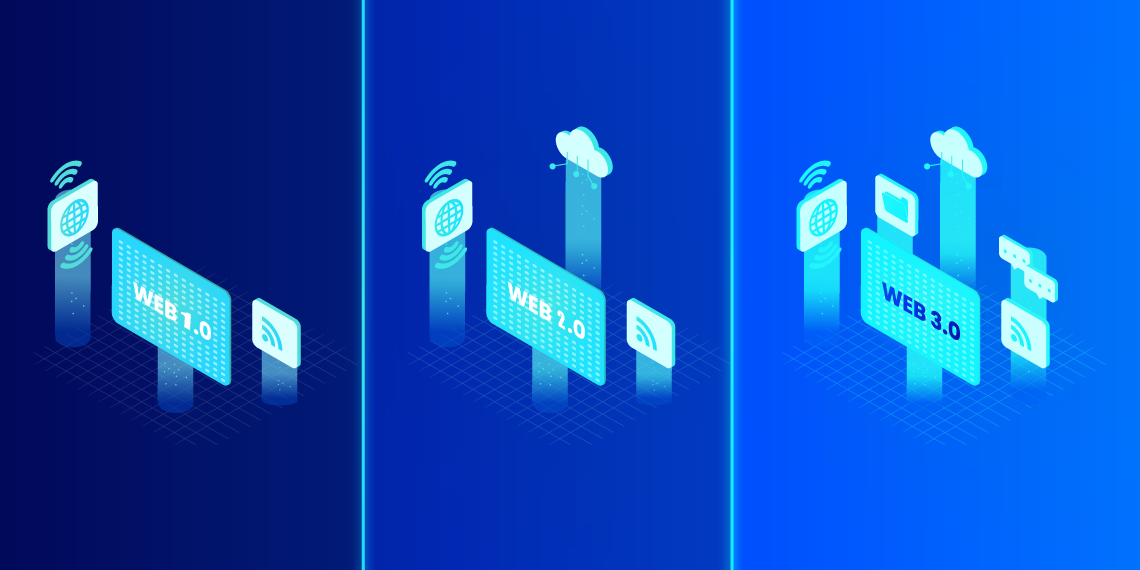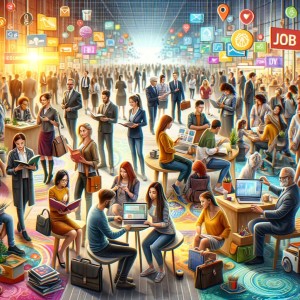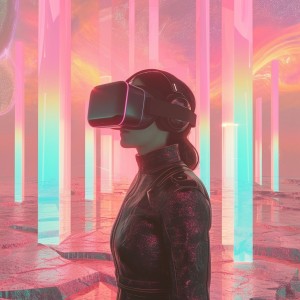TL;DR Breakdown
- The internet has expanded exponentially over the years, leading to different versions.
- Web 1.0 was the first of the three, used from 1989-2005.
- Web 2.0 came after 1.0, it is the current day version.
- The future is Web 3.0, it has many applications even in 2.0.
If you’re part of the new generation, you have likely been using the internet for most of your life. The internet is vast, constantly expanding as time moves forward. You may know all the basics about the internet, considering how widespread the use is, but do you know that there are different versions of the web out there? The internet has broadened the horizons over the decades and has come out with various versions, each better than the last.
Today, we use 2.0 to cover our day-to-day social media browsing and searching. Since the implementation of the internet in 1986, two versions of the WWW have been available to the general public. The first was Web1, the second was Web2, and the future is Web3. They come in sequences, and each version has lasted at least a decade before a newer, broader version takes over.
You might be confused; how does it all work? How does the internet expand as if it has a physical form? Allow us to explain the three versions in simple terms for tech newbies.
Web1 vs Web2 vs Web3: What’s the Difference?
| Comparison Grate | Web 1.0 | Web 2.0 | Web 3.0 |
| Functioning Capabilities | It was a read-only version | It allows you to read and write | It strives for privacy |
| Target Base | Built for companies | Built for communities | Built for individuals |
| Apps | Digital Forms | Digital Applications | Smart Applications |
| Marketing | Banner Marketing | User-interaction marketing | User behavioral marketing |
| Base | Homepages | Social media | Blockchain Technology |
What is Web 1.0?
In the early days of the internet’s eruption, there was the first version called Web 1.0. 1.0 was created to be used by companies rather than individuals. Only a few people knew how to operate and use the internet back then. Most large corporations hired computer experts to operate the internet and implement its use across the company for the employees’ use.
Content creators were few and far between in the first version, while content viewers were many. This version would likely be considered barbaric by the new generation who are now acquainted with the widespread and easy-to-use internet we know today. Back then, advertisements on sites were banned, most pages were created through HTML, and only information could be encoded.
The internet was also expensive back in the day because it cost the user according to the number of pages they viewed. For this reason, devices like computers and the internet were scarce in homes because not everyone could afford them. 1.0 lasted from 1989 to 2005.
What is Web 2.0?
Web 2.0 was the major step up from1.0 that changed how the world saw the internet. It became more widespread as it offered various information, user-to-user interaction, content creation, and blogging. Tim Berners-Lee coined the World Wide Web as sites, and social media applications became widespread.
Your favorite social media sites like Facebook, Youtube, Twitter, and more were launched around this period as the internet became less expensive and more common. Well-off families would invest in an internet cable, and thanks to the new content-creating abilities of 2.0, content creators became more common for entertainment and work. Eventually, 2.0 expanded, and the next version became within reach.
What is Web 3.0?
The future of WWW is Web 3.0. After 2.0, the third version will come into the ring of fighters, based on smart computer applications like Artificial Intelligence. It strives to create a dutiful and data-driven interface and cater to every individual who uses the platform. It is meant to use blockchains, 3D graphics, metaverse, and the Semantic Web.
However, if you’re particularly tech-savvy, you might know that such things already exist in the current version of the internet, and you’re right. Some of the features of 3.0 are already being implemented as we speak. With the spread of Blockchain technology across different apps and sites like Paypal, Microsoft, Amazon, etc., we see the 3.0 tool kits implemented. Decentralization is the foundation of 3.0, where everyone can utilize the internet in whichever way they see fit.
Conclusion
No one can say for certain whether 3.0 will be fully implemented any time soon, but as the technological sector spreads the use of 3.0 technologies, we might find that a new era is approaching. Cryptocurrencies may take the lead in applying 3.0, and various decentralized protocols are becoming widespread. Hopefully, we’ve established the key differences between the various versions. Who knows? We might even see the future versions 4.0 and 5.0 soon enough if we keep going at this rate.




